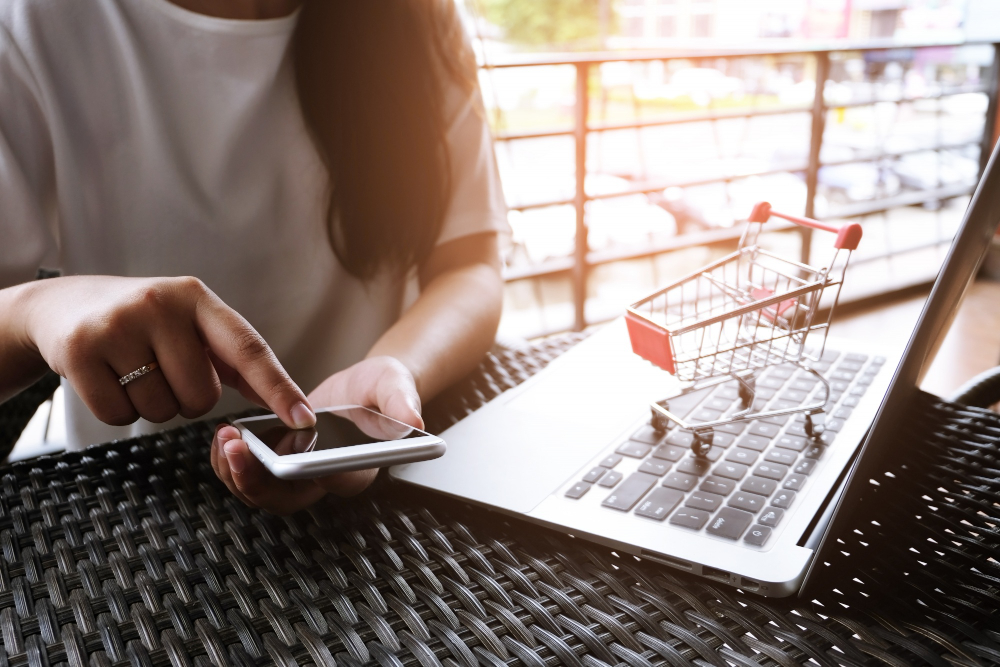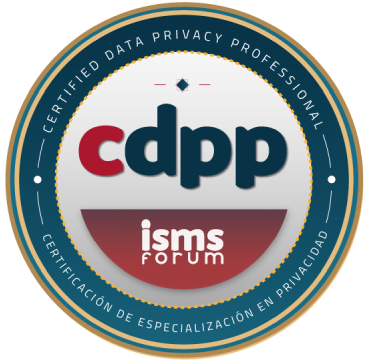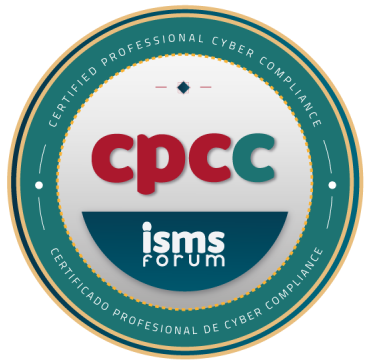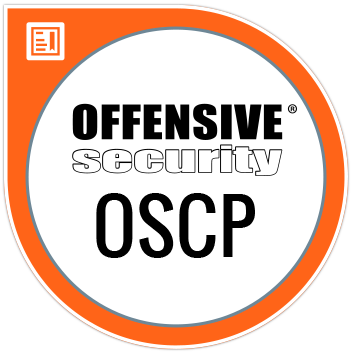Sales are the perfect time to find irresistible deals and a great opportunity to get that item you've been eyeing at a better price. Unfortunately, they're also a great opportunity for cybercriminals to take advantage of our lack of caution or distract our attention to achieve their goals.
For this reason, at EIPOSGRADOS, we have prepared this short article to improve the security of your purchases, both physical and online, and to help readers learn how to use their payment methods more securely.
1. Use secure payment methods
Choose options that offer additional protection, such as cards with multi-factor authentication (MFA or 2FA) or platforms that use biometrics. Using contactless payment with a mobile phone protected by a fingerprint or PIN is ideal for in-person payments, as the card isn't exposed. Avoid direct transfers or cash payments when you don't know the seller for online transactions.
2. Verify the authenticity of websites
Before making an online purchase:
- Make sure the website has HTTPS in the address bar.
- Look for reviews of the business and verify its reputation. A simple internet search can make it clear that we're dealing with a scam.
- Avoid clicking on links in unsolicited promotional emails or messages.
3. Protect your personal data
Never share sensitive information, such as passwords or PINs, by email or phone. No legitimate business will ask for this information. Be wary even if they provide you with any of your information or pretend to be your electric company or service provider, as unfortunately, it's easy to find some of these to trick potential victims.
4. Activate alerts on your bank accounts
Set up notifications to receive immediate alerts about account transactions. This way, you can quickly detect unauthorized purchases. This way, if, for example, our credit card number is leaked, we can detect it before multiple payments occur.
5. Be wary of offers that are too good
If a deal seems too good to be true, it probably isn't. This is a mantra cybersecurity professionals preach day and night. Scammers often use very attractive discounts to lure victims, drawing their attention to the bargain they've found without questioning whether they're making a real purchase.

6. Purchase from secure devices and networks
Avoid making transactions from public Wi-Fi networks or shared devices. Whenever possible, use your cellular connection or a private network and make sure your device is updated. If your device is compromised, the payment information you use will also be compromised and could end up in the hands of cybercriminals.
7. Keep your purchase receipts
Save confirmation emails and screenshots of transactions. This can be key to filing a claim in case of problems, since if we are actually victims, the credit or debit card service may be insured and we may recover the stolen amount. Evidence is essential for this.
8. Delete the CVV from the credit card
It's advisable to delete the CVV from your credit card and keep it safely recorded, for example, in your mobile phone's address book. The CVV is a security code (three digits usually found on the back of the card) that's required to complete online transactions. Storing it with card details makes it easier to access without your permission. If a third party obtains your card without the CVV, they won't be able to use it on most platforms.
If you pay physically in a store, don't lose sight of your card either.
9. Avoid saving your payment information on apps or websites
Avoid this practice unless strictly necessary. While it's more convenient for future purchases, it also poses a greater risk if the platform is hacked. That is, if someone were able to access the platform in your name, simply changing the shipping address would result in purchases in your name that you won't receive.
10. Use a limited or secure card for less frequent purchases
Most banking services allow us to use a limited card for less frequent purchases, which is a strategy that reduces the impact in the event of fraud. These cards may have a reduced balance (prepaid) or specific spending limits, which minimizes losses from unauthorized transactions. Additionally, by separating these purchases from your main account, you protect your essential funds and reduce the exposure of sensitive data. It's a simple and effective way to increase your financial security. Another option could be to have a card that allows us to lock and unlock, so we always activate it only at the time of purchase and deactivate it immediately afterward. This way, even if your payment information were leaked, we couldn't be charged.

Summary of best practices
- Payment methods: Prioritize the most secure payment method possible.
- Secure websites: Buy only from trusted sites to ensure you're making a genuine purchase.
- Data protection: Never share personal or payment information without question, wherever or with whom. The less your data is exposed, the harder it will be for cybercriminals to trick you by posing as legitimate services.
- Keep an eye on your accounts: Activate alerts and monitor your bank and payment accounts.
- Caution and Common Sense: Be wary of incredible offers and buy from secure networks.
Shopping during sales can be exciting, but staying alert and following these tips will make the experience safe and trouble-free. Learn about our Professional Master's Degree in Cybersecurity Management, Ethical Hacking, and Offensive Security.
Happy sales from EIP! 🎉



































